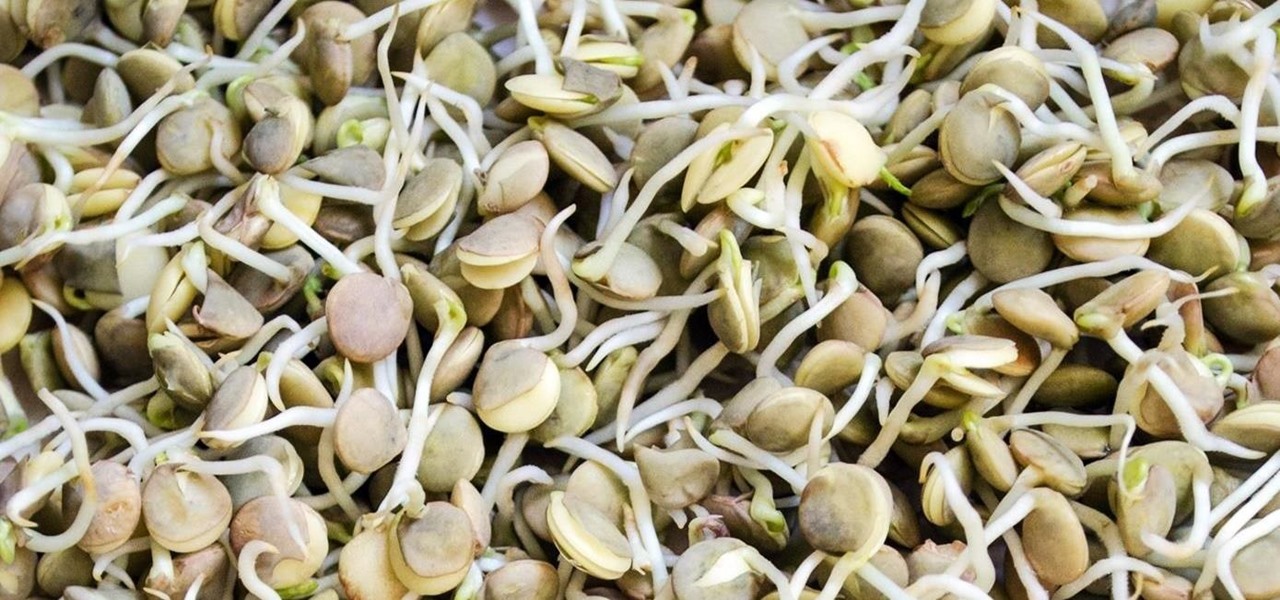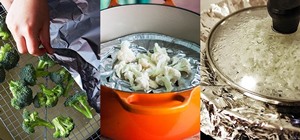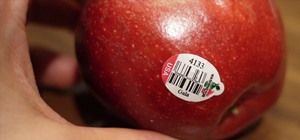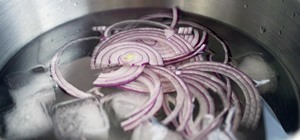The sprouts, they're alive! Alive, I tell you—aaaaaaliiiiiive! (Cue dramatic music.)
It's true: sprouts are a living food, and they're packed with more nutritional benefits than some raw vegetables. It's easy and fun to grow your own sprouts from seeds, legumes, and grains. Plus, watching them grow is incredibly satisfying—you're bringing new life into the world (and onto your plate)!
The Benefits of Sprouting
Sprouted seeds, legumes, and grains contain health benefits that cannot be found in their non-sprouted counterparts. When a seed is sprouted, it germinates and its nutritional value increases. Here are the two main benefits:
- They are easier to digest. According to The Journal of Food Science and Technology, soaking and sprouting decreases the acids in seeds that are difficult for our bodies to digest. In turn, sprouting increases the available protein content of the seeds. Simply put, our bodies will absorb much more protein from sprouted seeds than non-sprouted seeds. Plus, sprouting will eliminate the famous intestinal gas we get after eating beans.
- They contain more vitamins. The International Scientific Journal of Sapientia University provides research stating that sprouting significantly increases vitamin C and vitamin B12 content. These vitamins are responsible for helping keep our cells healthy and free of disease.
Common Seeds to Sprout
Mung bean and pea sprouts are two common sprouts you often see at the grocery store. However, there are dozens more seeds, legumes, and grains you can sprout at home.
Nutrition Stripped posted a cool soaking and sprouting time chart for nearly two dozen types of seeds. This list should give you a good idea of the wide variety of seeds you can soak and sprout. It includes adzuki beans, black beans, chickpeas, lentils, and even quinoa!

What You Need
- a bag of seeds, legumes, or grains (see above)
- a shallow tray
- paper towels
- water
Step 1: Soak Overnight
In a medium bowl, soak the seeds, legumes, or grains in room temperature water. In my example, i'm using lentils. Cover and set aside on the counter for about 12 hours or overnight. Skim off any floating particles; these are "dead" and will not sprout.

Step 2: Strain
Place the seeds, legumes, or grains in a strainer to remove the soaking water. They should have grown slightly in size and become softer to the touch.

Step 3: Place Between Damp Paper Towels
First, tear off two lengths of paper towels the same size as your sprouting tray. Then run them carefully under water (try not to rip them) and gently squeeze them out. Lay one layer of damp paper towels down on the sprouting tray, and place the seeds, legumes, or grains all over it. Finally, place the second damp towel over the top.
Once your sprouting tray is ready, store it in a darkish place away from direct sunlight. The optimal temperature for sprouting is around 72°F.


Step 4: Lightly Sprinkle with Water
Seeds, legumes, and grains need water to sprout, so keep an eye on how damp the paper towels are. If you notice them drying out, sprinkle them, along with the top towel, with water to keep them moist. Repeat this two to three times a day, or as needed.
After 24 hours, you will notice small tail-like sprouts growing. Allow the sprouts to keep growing until they have reached your desired length.



Step 5: Store in the Fridge
Sprouts are best stored refrigerated in a produce bag. You can also store them in any breathable bag or container, but make sure that it isn't airtight.
How to Use Sprouted Seeds, Legumes, & Grains
There are many ways to add sprouted seeds, legumes, and grains to your meals. You can simply snack on them, raw or cooked. Or, you can try some of these creative ways of adding them to other dishes:
- Use them as a salad topping.
- Put them in a sandwich.
- Fold them into bread doughs and batters before baking.

Accept the Sprout Challenge
Sprouting isn't difficult and it's very rewarding, but it does take about three days of patience and dedication. If you're up for the challenge, then it's time to gather some seeds and get them soaking and sprouting... and then get to eating them!
More DIY Hacks:
Just updated your iPhone? You'll find new emoji, enhanced security, podcast transcripts, Apple Cash virtual numbers, and other useful features. There are even new additions hidden within Safari. Find out what's new and changed on your iPhone with the iOS 17.4 update.























Be the First to Comment
Share Your Thoughts